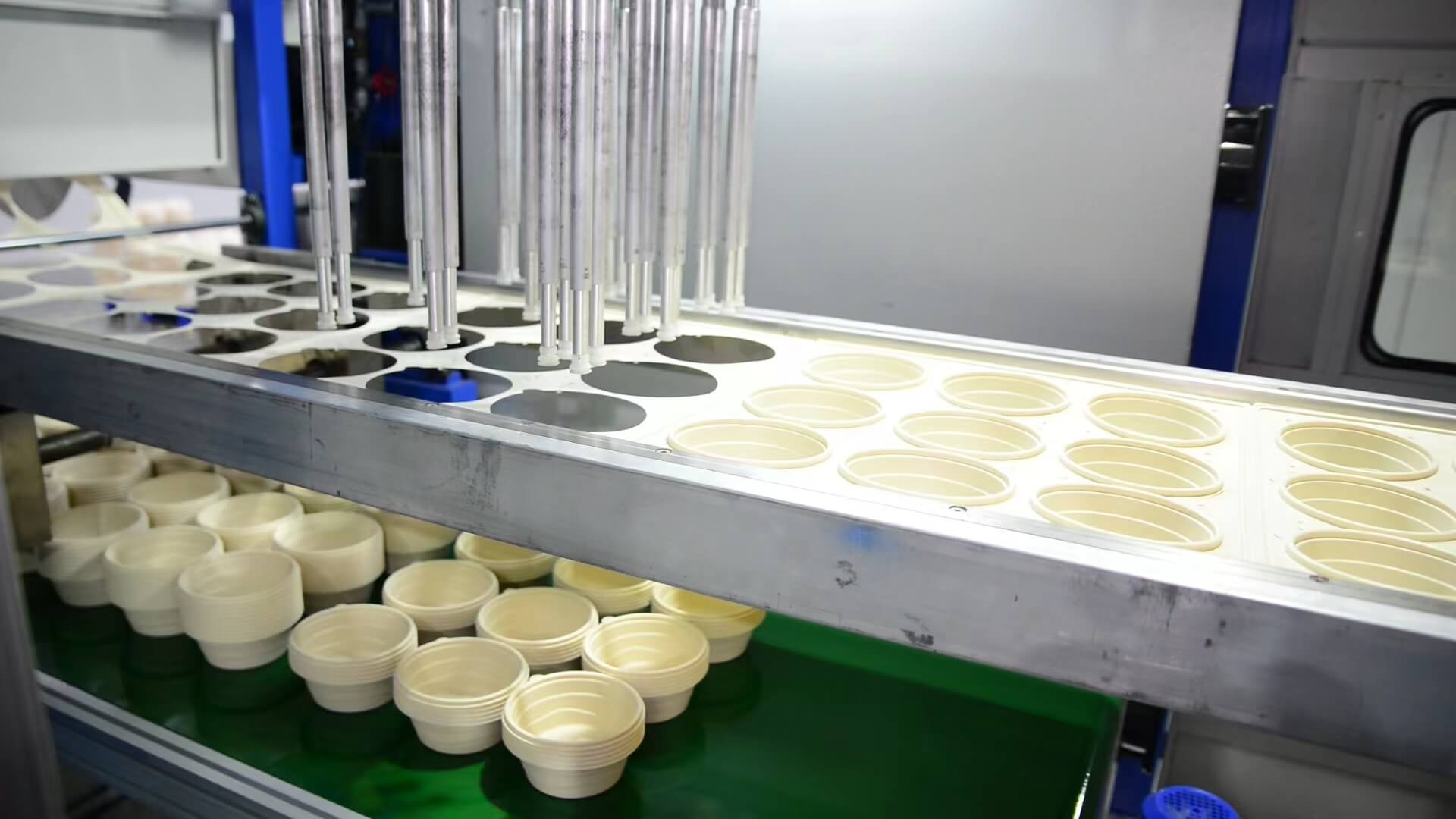Corn is one of the most important crops in the world. We eat it, we turn it into fuel, and we feed it to pets and farm animals. Corn is even partly responsible for the survival of early settlers
in North America. But for all its usefulness, corn a member of the grass family- -was once considered little more than a weed.
Unlike today’s corn plants, which produce ears up to a foot (30 cm) long, the ancestor of the modern cornstalk was much smaller. The cobs of the ancient plant were only about two inches (5 cm) long. Native Americans noticed that the tiny, hard corncobs could be boiled or ground and then eaten, so they began working with the crops to try to grow bigger ears of corn. To do this, they selected and replanted seeds from the plants that produced the largest ears. Their hard work paid off, and eventually, the plants were producing nutritious, tasty, and plentiful amounts of corn. Over the next several centuries, people developed thousands of varieties of corn. Only about a hundred varieties exist today, but corn is used in more ways than ever.
The majority of American cows, chickens, and pigs eat corn in one form or another.
Corn syrup is a popular sweetener used in breads, jellies, candy, and soft drinks.
Cornstarch can be used instead of plastic or paper to make cornstarch food containers.

In a world increasingly concerned with environmental sustainability, the fast food industry stands at a critical crossroads. As consumers become more conscious of their ecological footprint, the demand for eco-friendly packaging solutions has surged. In response, innovative alternatives like corn starch-based containers have emerged as game-changers, promising a greener future for the fast food landscape.
Fast food has long been synonymous with convenience, but this convenience often comes at a steep environmental cost. Traditional packaging materials, such as plastic and styrofoam, contribute significantly to pollution and landfill waste. However, the tide is turning as both consumers and businesses alike recognize the urgent need for change.
Enter corn starch-based containers, a revolutionary solution poised to redefine the fast food experience. Derived from renewable resources, primarily corn, these containers offer a sustainable alternative to their petroleum-based counterparts. Not only are they biodegradable, but they also require fewer fossil fuels to produce, making them a win-win for both the environment and consumers.
One of the key advantages of cornstarch food container is their ability to decompose naturally, significantly reducing the burden on landfills. Traditional plastic can take centuries to break down, whereas corn starch-based materials typically degrade within a matter of months under the right conditions. This rapid decomposition minimizes the long-term environmental impact, paving the way for a more sustainable waste management system.
Moreover, corn starch-based containers boast impressive versatility and durability, rivaling traditional packaging in performance. From hot soups to cold salads, these containers can withstand a wide range of temperatures without compromising structural integrity. This durability ensures that food remains fresh and secure during transport, maintaining the quality and convenience that consumers expect from fast food establishments.
Beyond their practical benefits, corn starch-based containers also align with shifting consumer preferences towards eco-conscious dining. As sustainability becomes a focal point for many individuals, businesses that embrace environmentally friendly practices stand to gain a competitive edge. By adopting corn starch-based packaging, fast food establishments can demonstrate their commitment to sustainability, appealing to a growing demographic of eco-conscious consumers.
Furthermore, the adoption of corn starch-based containers has broader implications for the fast food industry as a whole. As major chains embrace these eco-friendly alternatives, they set a precedent for smaller establishments to follow suit. This ripple effect extends throughout the supply chain, encouraging suppliers to prioritize sustainable materials and manufacturing processes. Ultimately, the widespread adoption of corn starch-based containers has the potential to reshape the entire fast food ecosystem, driving industry-wide sustainability initiatives.
However, the transition to corn starch-based packaging is not without its challenges. While the demand for eco-friendly alternatives is on the rise, cost considerations and logistical hurdles remain significant barriers for many businesses. Corn starch-based materials can be more expensive to produce than traditional plastics, posing a financial strain for establishments operating on tight margins. Additionally, the infrastructure for composting and recycling these containers may not be readily available in all regions, complicating disposal and waste management efforts.
Despite these challenges, the momentum towards sustainable packaging solutions continues to grow. Innovative initiatives and collaborations are underway to overcome logistical barriers and drive down costs, making corn starch-based containers more accessible to businesses of all sizes. Additionally, government regulations and consumer advocacy are exerting pressure on the industry to prioritize environmental sustainability, further incentivizing the adoption of eco-friendly practices.
In conclusion, corn starch-based fast food containers represent a significant step towards a more sustainable future for the fast food industry. By harnessing the power of renewable resources and embracing innovative alternatives, businesses can minimize their environmental footprint while meeting the evolving needs of consumers. While challenges persist, the widespread adoption of corn starch-based packaging holds the promise of a greener, more eco-conscious dining culture for generations to come. As the world continues to grapple with the urgent threat of climate change, initiatives like this offer hope and inspiration for a brighter, more sustainable tomorrow.

 By Sofier Ju
By Sofier Ju

